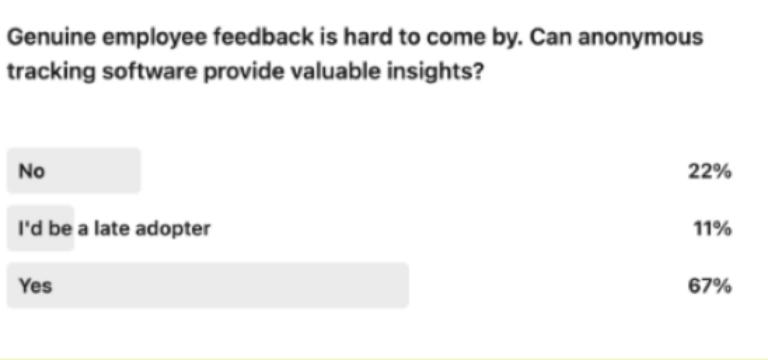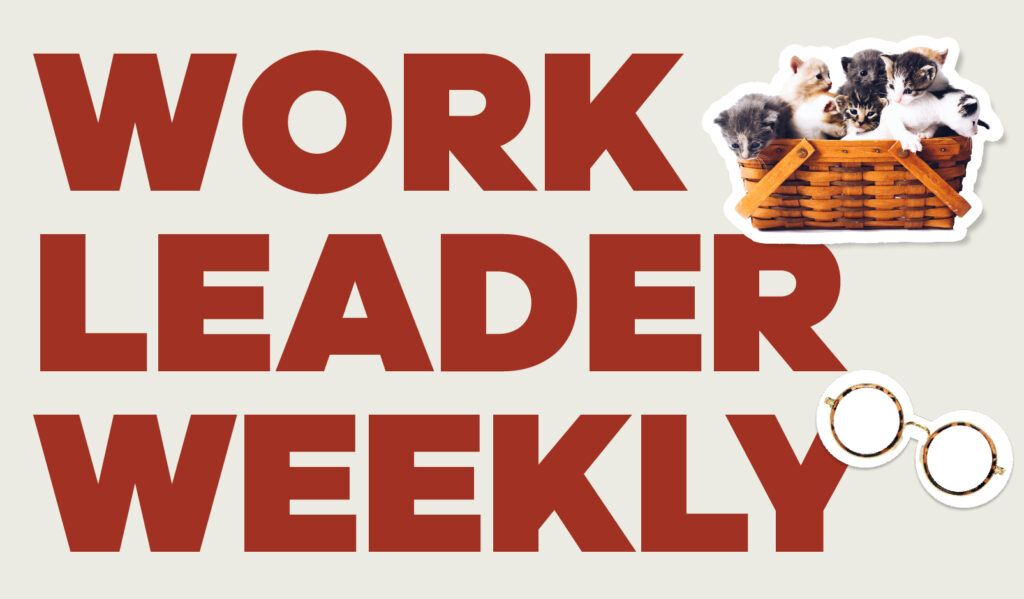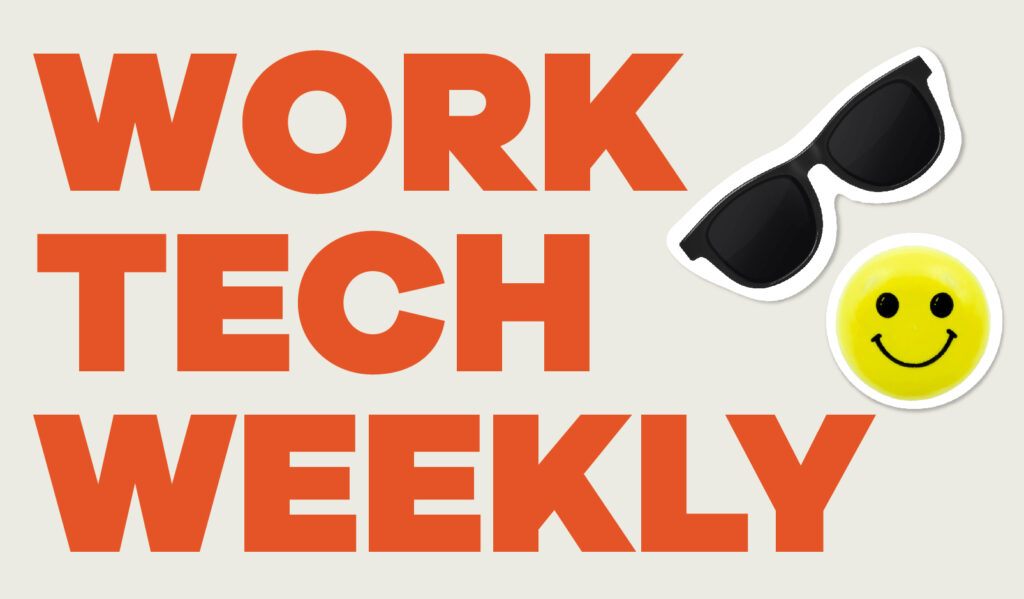Hello.
I’m back from vacation for a couple of weeks (thanks to Chase for filling in). In this week’s newsletter, we cover why remote work gets people so heated, weird conference-room tables, and conversions of office to living spaces gone bad. But first: What can we learn from public television programming for kids?
Let’s jump into it.
When Less is More
When I’m working, a lot of my reading is focused on what’s going on in the world of work. On vacation, probably like most of you, I read something different. Last week, I read about Pacific Northwest history and a book about trees. I also read this great article about the 40th anniversary of “Reading Rainbow.”
Like most PBS shows, it never had a huge budget over its 155-show run. They pitched the idea and got a green light for a pilot. They shot the pilot with LeVar Burton and then got the green light for a season.
They scrapped their way to becoming one of the longest-running children’s shows in the history of public television. There was no fixed set. They needed to get rights to the books for their episodes. There was no narrative arc to follow. They needed to actually get onto local stations that controlled their own programming.
The secret to the show’s success, despite the lack of resources, was its incredible focus. It was simply just a show about kids learning to love reading. As someone who grew up watching it, it stoked a love of reading, writing, and storytelling in a way that its simple presentation actually accelerated.
It didn’t need fantastical presentations or big budgets. It just needed to be on TV to a generation of kids who consumed it. If it is weird that a TV show can be credited with encouraging reading, its simple presentation also helped.
It reminded me of having been in HR and being concerned about all of the constraints put on our work, especially resource constraints. It felt daunting and impossible to deliver our mission.
As we struggled to deliver fantastical experiences on a shoestring, we should’ve instead focused our efforts more how to better deliver a simple but ambitious experience. Our constraints should have guided us to say no to things outside of our core mission, so we could invest in the things that were truly important.
This doesn’t mean we should always expect to be underfunded or that we should expect to move mountains with a limited budget. In fact, focusing your ambitions and goals instead of keeping them broad despite a lack of funding is the best way to deliver on expectations and argue for more budget.
The “Reading Rainbow” lesson isn’t that it was the best children’s show on television. It was the best show about reading at a time when competitors were trying to squeeze in reading between nine other show segments. The focus of “Reading Rainbow” made it great, and the constraints it lived with kept the program focused on delivering on its mission for a decade.

Weekly LinkedIn poll result
How do you get good employee feedback? Is anonymous feedback and tracking helpful? Two-thirds of you said yes, and I think it can make sense in an organization that struggles to get open and honest feedback.

Quick hits from around the web
What else is happening?
- Why the Remote-work Debate Stays So Heated. This is a good one about the very personal challenges of bringing people back. In short: You’re changing their lives, and not usually in a good way. (The Atlantic)
- 4 Ways to Increase Accountability for Customer and Employee Experience. Accountability starts at the top of the organization. (Quartz)
- Emojis in the Workplace: The Unspoken Language for Team Building. Sure, emojis are great. But what about GIFs? (Forbes)
- HR Technology Takeaways From SHRM23. Tim Sackett shares the good and bad of what happened on the expo floor in Vegas. (SHRM)
- Tito’s Turned the Worst Piece of Dirt into a 14-Acre Farm to Feed Its Employees. Transforming a useless piece of land into a 14-acre farm to provide fresh food for its employees? This is why Tito’s did it. (HR Brew)
- Companies Owe Employees Work-from-home Costs during COVID Shutdown, Court Rules. While it only applies to California, fallout from the shutdown continues to trickle in. (San Francisco Chronicle)
- What Oddly Shaped Conference Room Tables Tell Us About the Future of Work. I mean, it’s not that odd. (Fast Company)
- Biden-Harris Administration Launches Workforce Hub in Columbus, Ohio, and Announces New Commitments to Help More Workers Access Good Jobs. Other hubs are located in Pittsburgh, Augusta, Baltimore, and Phoenix, all to drive certificates, apprenticeships, and other formal learning paths for in-demand jobs. (White House)
- Is It Possible to Reduce Flight Risk Among Employees? Yes, if it’s comprehensive. (People Management)
- AI Just Made HR Transformation More Palatable. A few ways AI could make painful tech transitions slightly less painful. (CDOTrends)
- US Labor Board Adds Six Judges to Tackle Increased Case Load. Labor law enforcement is on the rise, driving a need for more judges. (Bloomberg Law)
- Economy Stimies Tech Diversity Growth. The economy is to blame for rolling back to pre-2020 attitudes about diversity in tech, but it mostly seems like flimsy excuses. (HR Dive)
- DAO Is the Future of Work: Meeds DAO Co-founder Patrice Lamarque. Future of work for some, not all. (Hacker Noon)
- HR Tech Check: A New Column From Our New HR Tech Editor. Good to see a dedicated tech editor back at HRE. (HR Executive)
- APA Poll Reveals Toxic Workplaces, Other Significant Workplace Mental Health Challenges. One in five reported their workplace is toxic and are more likely to have experienced mental health issues. (APA)
An Office-to-Housing Conversion Gone Wrong
What happens when you convert a not-so-great office space into a not-so-great live-work space? Well, this catastrophe:
A recent viral video on TikTok features a San Rafael office that’s been converted into a one-bedroom condo, priced at $520,000. It doesn’t look like it was much of a conversion — the owners seemingly just added a full kitchen along one wall — since the “bedroom” still looks exactly like a conference room. As TikTok user zillowtastrophes points out, they kept the sad, gray industrial carpet installed in most corporate offices throughout the whole apartment. Meanwhile, the stained commercial ceiling tiles are probably enough for most people to give it a hard “nope.”
The upside? Well, it’s right next to a Trader Joe’s and a Chipotle that I used to frequent while living in Marin. The bad news? Everything else, including having U.S. 101 right outside your window.
That’s it for this week!
Lance





